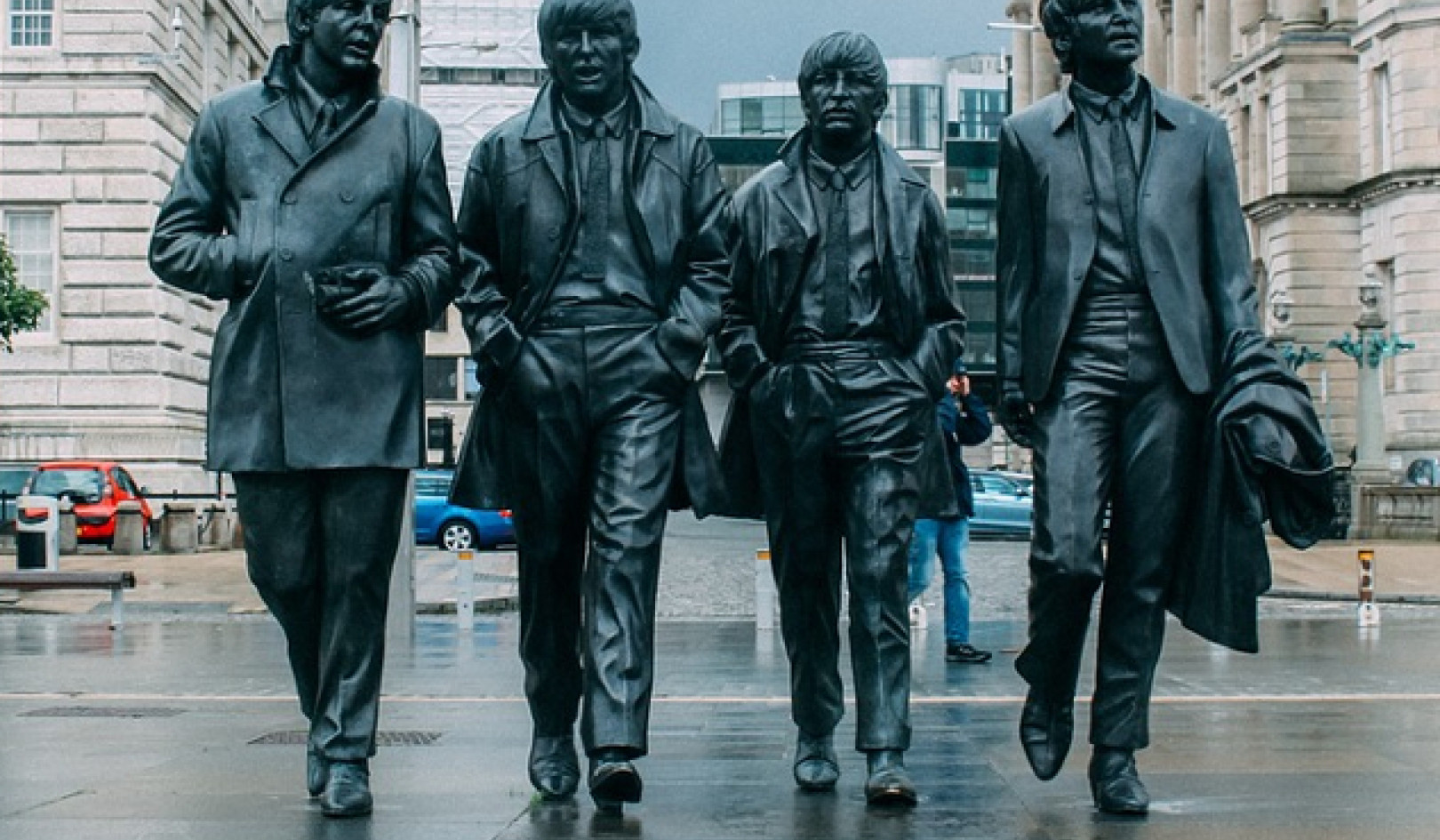
Vipassana meditation is a Buddhist practice that uses pure self-observation to realize the transient nature of life's activities.
This is accomplished by meditating on the thoughts, sensations, and feelings that are moving through your body, and noticing their source and the fact that they are transient.
This technique is especially effective in helping to free the unconscious mind from habitual reference points, story lines, and automatic responses. It provides a haven of peace and space, both mentally and physically. And even though "becoming homeless" is a Buddhist metaphor to describe what happens to us when we learn to disidentify with our mental contents, one first-time meditator said that sitting on the cushion was more like "coming home."
How To Practice Vipassana Meditation
In a quiet place, sit on a cushion on the floor or in a straightbacked chair. If you are sitting on the floor, cross your legs in a comfortable way. In a chair, your feet should be flat on the floor.
Take the head-and-shoulders posture of meditation -- back straight, hands resting gently on the thighs, head and spine aligned, shoulders relaxed. Keep your eyes open with the gaze directed downward about four feet in front.
There are many systems of meditation that use the breath as the object of focus, and this one is no exception. In this practice, we put our attention on the outgoing breath.
However, it's not as if we are trying to shut out the world and focus wholly on our outbreath. We remain panoramically aware and available to any thoughts, feelings, sounds, sights, and smells that may arise. One Buddhist teacher compared this practice to carrying a teaspoon of water across the room. Our focus is on the water and the spoon, but at the same time we are aware of everything else in the room.
As thoughts or other stimuli arise, note them and return your attention to the outbreath. If you do find yourself thinking (and sometimes we've mentally told off our boss, taught our next seminar, or courted, married, and had children with the attractive person sitting next to us before we notice that we're thinking), then silently label it "thinking" and go back to the breath. If you hear a noise -- a cough or a siren on the street, for example -- label the noise "cough" or "siren" and return to your outbreath. If you feel discomfort in your ankles or knees, label it "pain," adjust your position if necessary, and return to the breath.
Be gentle in your approach. If you find yourself labeling thoughts with a tone that says, "Thinking, goddamn it!" try to be a little more friendly. There's nothing wrong with thinking.
The Point Of Vipassana Meditation
The point of this technique is not to stop thinking or achieve a state of bliss, but to become aware of mental activity. Vipassana meditation can be extremely liberating as we realize that we do not have to follow every thought that comes into our heads like an ant eating honey. We can notice what's happening and let it go.
Try to do this meditation for at least 15 minutes a day. When you let yourself practice labeling and letting go of the thoughts, feelings, and outer stimuli that come to you, pretty soon you'll notice that they aren't you. Although pure self-observation is our practice during the meditation, the eventual question is, "Who is observing?" Now we can identify our most common personality, and then go deeper to a more heartfelt observer, then deeper still to the simple witness who observes all and resides in deep peacefulness as it watches the ebb and flow of living.
The Best Way To Learn Vipassana Meditation
One note: Although it is possible to learn to meditate from a book, the best place to begin is with a qualified instructor. And practicing with a group -- especially if you're a beginner -- can be a very supportive way to start. The benefits of this practice are peacefulness, expanded awareness, and one more thing: As we learn to notice our thoughts and feelings, even though we do nothing immediately about them, we acquire an attitude and a distance that will allow us to master them and redirect our energies toward healthier, more positive, more creative ways of being.
book_warter
About The Author
Carlos Warter M.D., Ph.D. is a medical doctor, transpersonal spiritual psychiatrist, lecturer, and pioneer in the field of consciousness raising and alternative healing. He is the author of Soul Remembers and Who Do You Think You Are? The Healing Power of Your Sacred Self. Born in Chile, Dr. Warter has been awarded the United Nations Peace Messenger and the Pax Mundi awards for his humanitarian efforts. He presents keynote speeches, workshops, and seminars both in the U.S. and throughout the world. His website is at www.doctorcarlos.com.
Related Books:
The Body Keeps the Score: Brain Mind and Body in the Healing of Trauma
by Bessel van der Kolk
This book explores the connections between trauma and physical and mental health, offering insights and strategies for healing and recovery.
Click for more info or to order
Breath: The New Science of a Lost Art
by James Nestor
This book explores the science and practice of breathing, offering insights and techniques for improving physical and mental health.
Click for more info or to order
The Plant Paradox: The Hidden Dangers in "Healthy" Foods That Cause Disease and Weight Gain
by Steven R. Gundry
This book explores the links between diet, health, and disease, offering insights and strategies for improving overall health and wellness.
Click for more info or to order
The Immunity Code: The New Paradigm for Real Health and Radical Anti-Aging
by Joel Greene
This book offers a new perspective on health and immunity, drawing on principles of epigenetics and offering insights and strategies for optimizing health and aging.
Click for more info or to order
The Complete Guide to Fasting: Heal Your Body Through Intermittent, Alternate-Day, and Extended Fasting
by Dr. Jason Fung and Jimmy Moore
This book explores the science and practice of fasting offering insights and strategies for improving overall health and wellness.





























